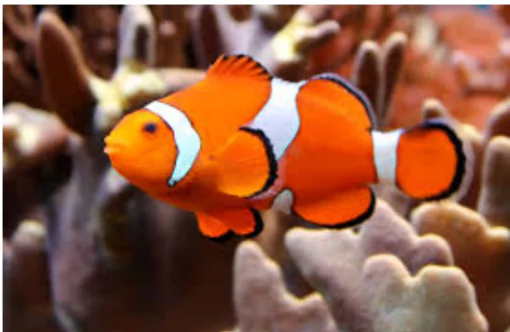![]() 22 May 2025
22 May 2025

A study published in the journal ‘Science Advances’ has highlighted the ability of adult clownfish to use their body size as a flexible tool to survive the stress of marine heatwaves episodes.
 Habitat: Clownfish are found in the warm shallow waters of the Indian Ocean, the Red Sea, and the western Pacific in sheltered reefs or lagoons, living in sea anemone
Habitat: Clownfish are found in the warm shallow waters of the Indian Ocean, the Red Sea, and the western Pacific in sheltered reefs or lagoons, living in sea anemone
About Marine Heatwaves
|
|---|

<div class="new-fform">
</div>